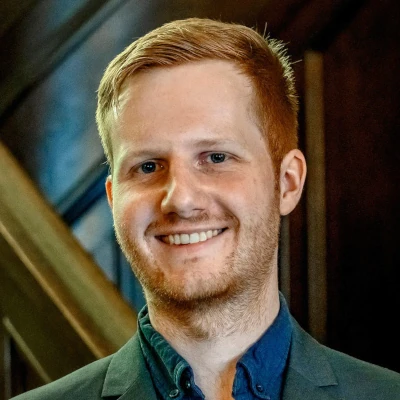
Since 2020, I have been working as a software developer on innovative research projects at the University of Bremen (CGVR). My focus lies on the development and implementation of novel algorithms and systems in the fields of 3D computer graphics, computer vision, artificial intelligence, and robotics, which are applied, among other areas, in medical technology.
I bring over 15 years of continuous programming experience, primarily in C, C++, Python, Java, PHP, and JavaScript, complemented by a vast array of libraries and frameworks.
I bring over 15 years of continuous programming experience, primarily in C, C++, Python, Java, PHP, and JavaScript, complemented by a vast array of libraries and frameworks.
Seit 2020 bin ich als Softwareentwickler in innovativen Forschungsprojekten an der Universität Bremen tätig (AG CGVR). Mein Fokus liegt auf der Entwicklung und Implementierung neuartiger Algorithmen und Systeme in den Bereichen 3D-Computergrafik, Computervision, künstliche Intelligenz und Robotik, die unter anderem in der Medizintechnik Anwendung finden.
Ich habe mittlerweile über 15 Jahre durchgehende Programmiererfahrungen, vorwiegend in C, C++, Python, Java, PHP und JS, zusammen mit unzähligen Bibliotheken und Frameworks.
Ich habe mittlerweile über 15 Jahre durchgehende Programmiererfahrungen, vorwiegend in C, C++, Python, Java, PHP und JS, zusammen mit unzähligen Bibliotheken und Frameworks.













